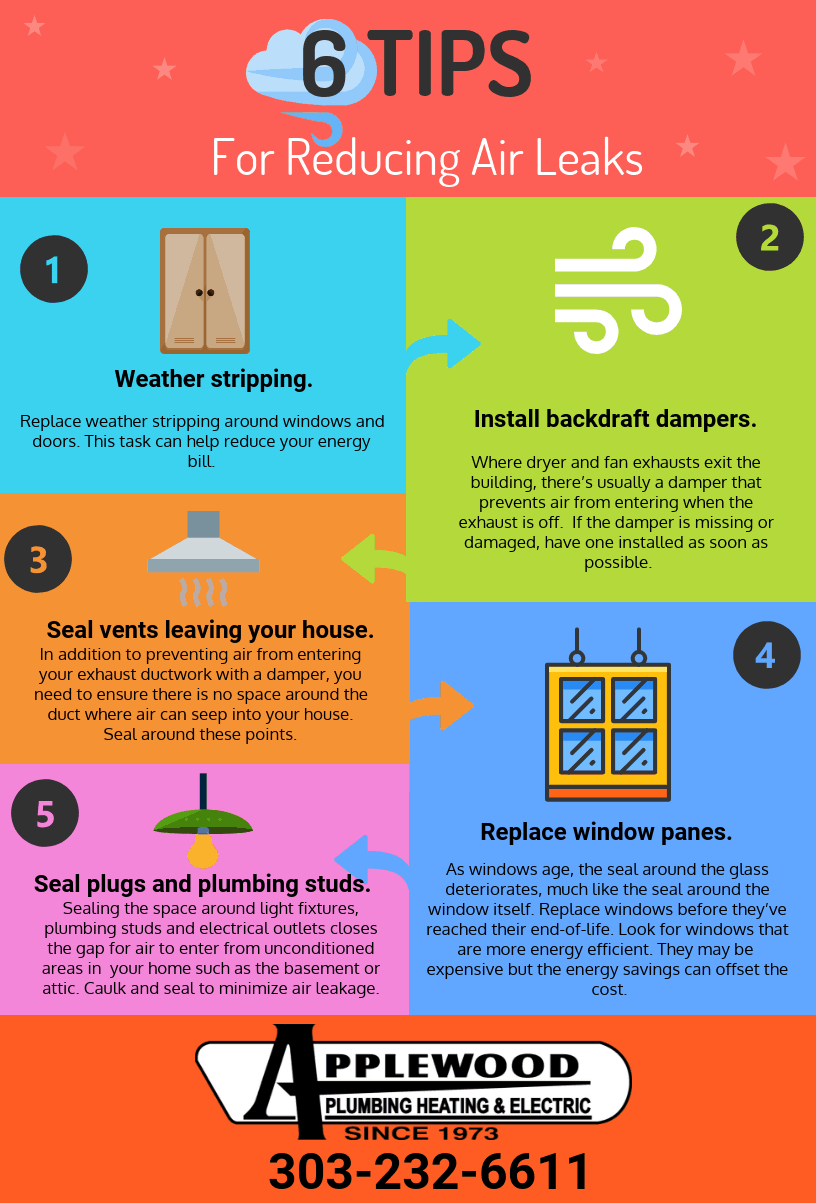Master The Crucial Stress Cleaning Techniques Matched For Different Surface Types To Understand Remarkable Outcomes-- Explore The Strategies That Lead To An Impressive Coating
Master The Crucial Stress Cleaning Techniques Matched For Different Surface Types To Understand Remarkable Outcomes-- Explore The Strategies That Lead To An Impressive Coating
Blog Article
Uploaded By-Vazquez Geertsen
When it concerns press cleaning, the technique you choose can make all the difference in achieving a tidy, streak-free finish. You may discover that difficult surface areas, like concrete, need a different approach than softer materials, such as timber or plastic. It's necessary to adapt your methods to the surface type to prevent damage while making best use of cleaning efficiency. So, what are the best techniques for every surface area, and just how can you guarantee you're using the right settings and tools for the work? Let's explore what you need to understand to get the best results.
Difficult Surfaces
When it involves press washing difficult surface areas, prep work is key. Before you also consider taking out the stress washer, make the effort to clear the area of any kind of debris, furniture, or obstacles. You do not want anything getting in your means or potentially damaging your tools.
Next, examine the surface for any kind of fractures or damage; this will help you establish the ideal strategy and stress settings.
As soon as you have actually prepared the area, it's important to choose the ideal nozzle. For tough surfaces like concrete or block, a slim nozzle (15 or 25 degrees) functions best to provide a focused stream of water that can efficiently remove grime and discolorations. Always begin at a distance and gradually relocate better to stay clear of any type of surface damages.
As you start washing, maintain the wand moving to avoid touches and over-saturation. It's additionally practical to function from the top down, enabling dust and particles to get rid of normally.
Lastly, keep in mind to wash the surface area extensively after cleaning to get rid of any kind of remaining cleaning agent. With these techniques, you'll attain a clean and refreshed appearance on all your difficult surfaces.
Soft Surfaces
Stress cleaning soft surface areas requires a gentler approach to shield them from damage. Whether you're cleansing your deck, patio furnishings, or exterior siding, making use of excessive pressure can cause dents, scrapes, and even irreversible injury.
Beginning by choosing a low-pressure nozzle, preferably a 25-degree or wider spray pattern, to spread the water a lot more carefully.
Prior to you begin, it's crucial to pre-treat any type of discolorations with an ideal cleansing remedy. This action enables the cleaner to penetrate the dust and grime, making it much easier to remove without scrubbing as well hard.
Always use the service from the bottom up to avoid spotting.
When you start pressure washing, maintain a distance of at the very least 12 to 18 inches from the surface area. Relocate your stick in a sweeping motion, maintaining it alongside the surface to stay clear of concentrated pressure on one area.
Rinse the area extensively after cleaning to eliminate any type of recurring cleanser.
Last but not least, evaluate the surface area for any missed places and repeat the process if required. By adhering to these actions, you can successfully tidy soft surfaces while preserving their integrity and look.
Specialized Surfaces
Cleaning soft surface areas calls for care, however specialty surface areas demand even more attention to information. When you tackle these surface areas, like delicate wood, discolored concrete, or specific types of siding, making use of the ideal pressure washing methods is essential to stay clear of damage.
First, examine the material. As an example, dealt with wood can often withstand modest stress, however softer timbers like cedar may require a lower setting. Always start with the lowest pressure and gradually increase if necessary.
For stained concrete, use a fan spray nozzle and preserve a constant range to stop etching the surface.
When managing surface areas like vinyl house siding or painted surface areas, a large spray pattern aids disperse the pressure uniformly, protecting the finish.
It's additionally wise to utilize cleaning agents specifically made for specialty surfaces. They can improve cleaning without compromising the product.
Rinse extensively after cleaning to eliminate any kind of residue, as it can result in staining or wear and tear with time.
Final thought
In conclusion, grasping stress washing techniques for different surface areas can make all the distinction in your cleansing results. For simply click the up coming internet site , stick to narrow nozzles and a top-to-bottom approach, while soft surface areas require a gentler touch with broader nozzles. Do not forget to pre- https://andersondmwem.dailyblogzz.com/33079260/just-how-to-tidy-windows-like-a-pro-methods-and-methods and rinse thoroughly to avoid deposit. By adapting your techniques to each product, you'll not just achieve a cleaner coating however also protect the stability of your surfaces. Satisfied cleaning!
